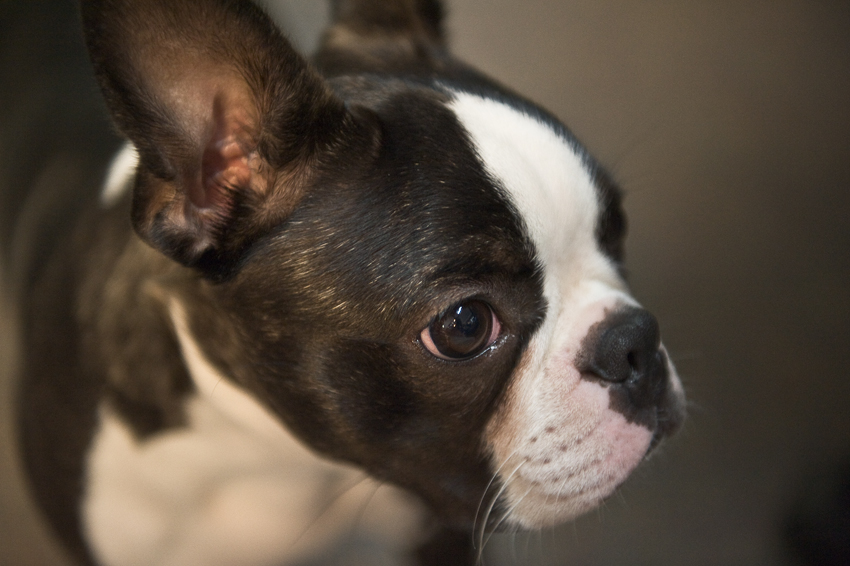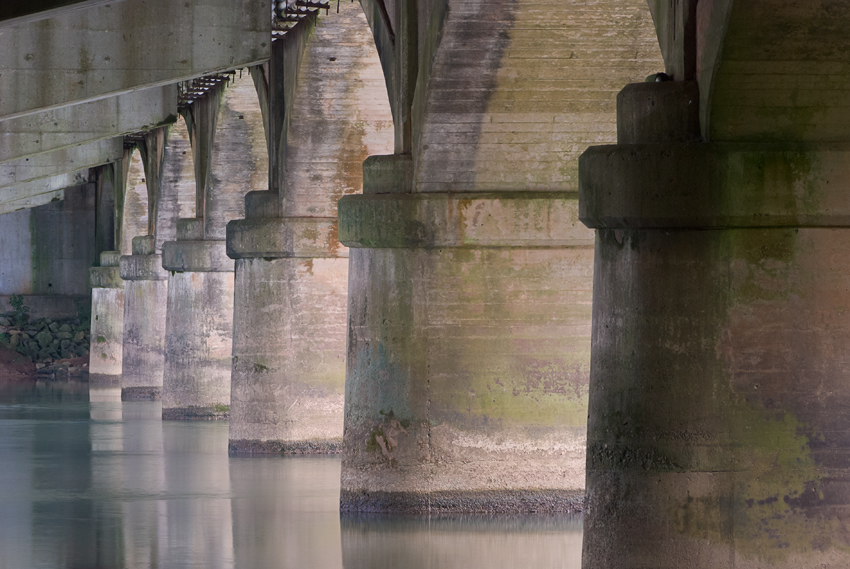Choice of exposure mode always seems to generate a spirited discussion among photographers. Here’s my 2¢ about it. Actually, it’s a long post (probably more like 4 or 5¢), so you might want to grab your favorite beverage before settling down in the warm glow of your monitor.
If you’re serious about your photography, you’ll need to use Program, Aperture Priority, Shutter Priority, or Manual exposure mode. Neither a fully Automatic mode nor any of the “Scene” modes found on many DSLRs allows you to override what the camera chooses for you.
A camera’s meter is designed to determine the exposure that renders the scene as a mid-tone. But the actual scene may require a darker or lighter exposure than that.
As with any other element of your photography, the correct exposure for a particular image is the one that shows the scene as you intended. This might be, and often is, different from what the camera meter indicates.
Shutter Priority, Aperture Priority, and Program are known as automatic modes because the camera automatically sets the aperture, shutter speed, or both, respectively, based on the camera’s meter reading. In Manual mode, you set both the aperture and shutter speed, using the camera’s meter as a starting point.
You can successfully use any of these modes (why else would they be there?), but it’s worth finding one or more you are most comfortable with. I exclusively use Manual mode. I find it the easiest and most consistent for the kinds of photography I do. But I hope this discussion helps you choose the one that works best for you.
By the way, this image has nothing to do with this article. But a picture of my best furry friend Fredo sure makes this a much more attractive post, doesn’t it? Continue reading





